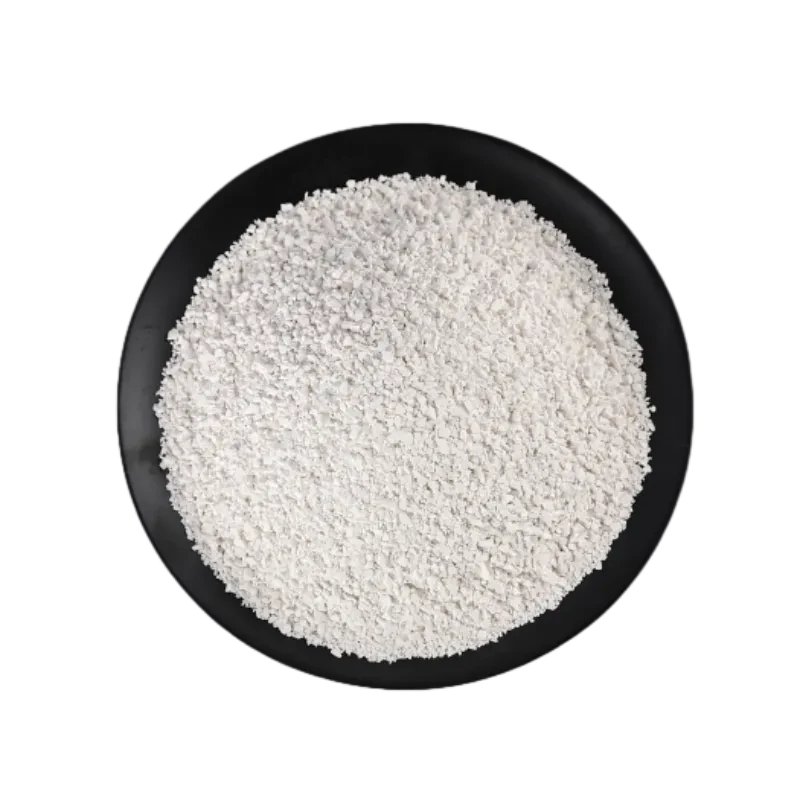
Dec . 05, 2024 10:38 Back to list
clay and concrete tiles
The Durability and Aesthetic Appeal of Clay and Concrete Tiles
In the world of construction and interior design, the choice of materials significantly impacts both functionality and aesthetics. Among the myriad options available, clay and concrete tiles stand out as two of the most popular and versatile choices. Their durability, aesthetic versatility, and sustainability make them favored materials for both residential and commercial applications.
Durability and Longevity
One of the primary advantages of clay and concrete tiles is their remarkable durability. Clay tiles, often made from natural earth materials, have been used for centuries. They are baked at high temperatures, which makes them incredibly resistant to fading, moisture, and extreme weather conditions. This inherent strength allows clay tiles to last for decades, often outliving their conventional counterparts. For instance, clay roof tiles can easily withstand harsh environmental conditions such as heavy rains, snow, and intense heat.
Concrete tiles, on the other hand, are made from a mixture of cement, sand, and water, cast into various shapes and sizes. The resultant product is dense and robust, offering high resistance to cracking and impact damage. This makes concrete tiles an excellent choice for areas subjected to heavy foot traffic or severe weather. Additionally, both clay and concrete tiles are non-combustible, enhancing their application in fire-prone areas.
Aesthetic Versatility
Beyond their physical properties, the aesthetic appeal of clay and concrete tiles is a significant draw for homeowners and designers alike. Clay tiles come in a rich variety of colors, shapes, and textures. From traditional terracotta hues to a myriad of glazed finishes, these tiles can complement a wide range of architectural styles, from rustic to modern. They can also be arranged in intricate patterns, adding a unique character to spaces.
Concrete tiles, often viewed as more contemporary, also offer a diverse palette of colors and finishes. They can be molded to replicate other materials, including wood or stone, allowing for creative design flexibility. Decorative concrete tiles can also feature patterns or embossing, making them suitable for artistic expressions in both indoor and outdoor environments. Their ability to blend seamlessly with various design elements makes them a preferred choice for designers seeking to create cohesive and inviting spaces.
clay and concrete tiles

Environmental Considerations
In an era increasingly defined by sustainability, the eco-friendliness of the materials we choose cannot be overlooked. Clay and concrete tiles, when sourced responsibly, can contribute positively to sustainable construction practices. Clay is a natural material that can be abundantly found in many regions. The manufacturing process for clay tiles, while energy-intensive, leads to minimal waste, especially in contexts where old tiles can be reclaimed and re-fired or used as raw material for new products.
Similarly, concrete tiles are often made using recycled materials and can be produced using sustainable practices. Their longevity also means that they do not require frequent replacement, leading to less waste over time. Moreover, both tile types have high thermal mass, which aids in regulating indoor temperatures, thereby reducing the need for artificial heating and cooling and contributing to energy efficiency.
Installation and Maintenance
While both clay and concrete tiles require professional installation to ensure optimum performance and longevity, their maintenance needs are relatively low. Routine cleaning, a periodic inspection for cracks or damage, and ensuring proper drainage are typically all that's needed to keep these tiles in excellent condition. Their resistance to mold, mildew, and pests further enhances their practicality as flooring and roofing solutions.
Conclusion
Clay and concrete tiles have firmly established themselves as cornerstone materials in the realms of construction and design. Their combination of durability, aesthetic flexibility, and environmental sustainability offers an effective solution for a variety of applications. Whether used in residential homes, commercial properties, or outdoor spaces, these tiles provide not only practical benefits but also enhance the beauty and value of the structures they adorn. As the demand for sustainable and stylish building materials continues to grow, clay and concrete tiles are likely to remain at the forefront of the industry for years to come.
-
Stone Coated Metal Roof Tile-Roman Tile for Durable Elegant Roofing
NewsJul.24,2025
-
Stone Coated Metal Roof Tile-Nosen Tile: Durable & Stylish Roofing
NewsJul.23,2025
-
Durable Tiles Made of Clay for Modern Cladding Solutions
NewsJul.22,2025
-
Stone Coated Roman Tile Metal Roofing - Durable & Elegant
NewsJul.22,2025
-
Premium Roofing Granules for Sale - High Durability & Cost-Saving
NewsJul.21,2025
-
Durable Laminated Shingles for Weather-Resistant Roofing
NewsJul.21,2025







